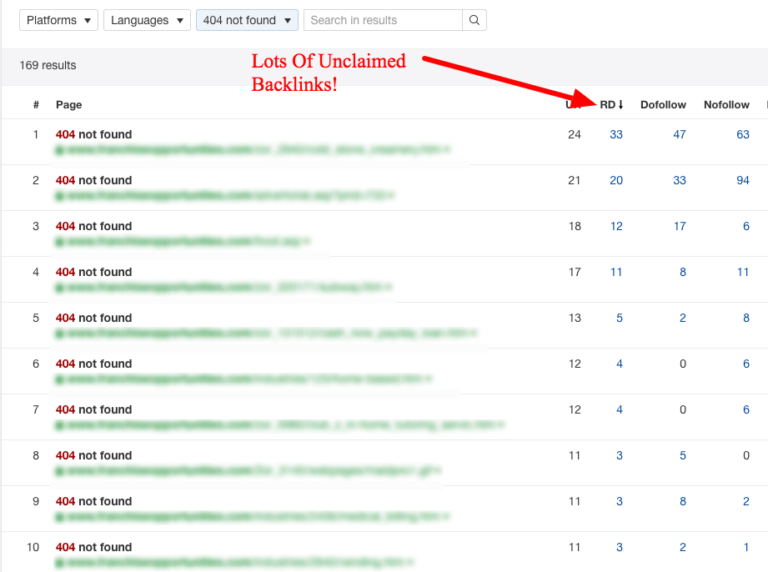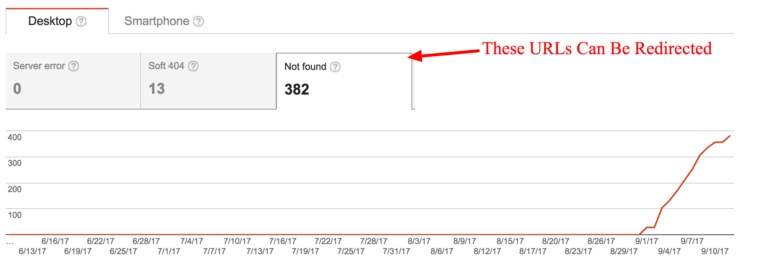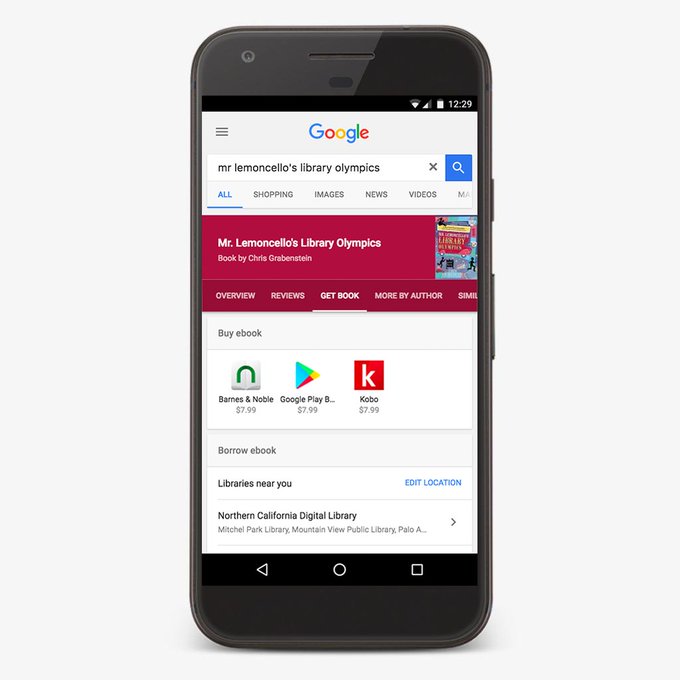The digital marketing landscape has evolved significantly over the last two decades. And between Google’s ever-changing algorithm and the deluge of misinformation floating through the digital marketing sphere, it’s easy to lose sight of basic practices we should be employing in our own SEO and content marketing strategies.
With every new algorithm update and technological shift in search, we become obsessed with how the field of SEO will enter a wholly new paradigm, and we shift our focus to reflect this. Yet as much as the medium may change, the core principles remain the same — and it’s time to get back to the basics.
We all understand the secrets and best practices of SEO, so why do we often fail to leverage these tactics? Let’s explore five common blogging mistakes you may be making right now.
Unoptimized keyword structure
Despite the rise of semantic search and machine learning technology,
keyword research should still take precedence when modeling an internal content marketing campaign. All on-site content should be thematically linked by topics and keywords to your overall business objectives.
If our content is simply covering topics and not keywords, how do we know what users really demand? Without keyword research, how can you truly know who your audience is and who you are writing for?
Keywords serve as the bridge between user intent and informational/transactional content. Keyword-optimized content helps to position individual web pages to rank higher organically and drive impressions for targeted searches. This effectively makes blog content a lead generator.
For on-site blogs, the focus should remain on informational long-tail keyword phrases. Common examples include question phrases beginning with how, what, when, where and why.
Other keyword ideas could include actionable phrases that are often searched for, such as the top “tips” and “hacks” to improve upon some process.
Bloggers often fail to optimize their headers, meta tags and content with targeted keyword phrases. Consider the fact that specific keyword phrases will often be bolded within the meta description of a SERP listing, potentially increasing your click-through rate.
Inadequate keyword research runs deeper than failing to optimize your header structure (e.g., title, meta description). Many bloggers fail to leverage semantic SEO, or similar keyword phrases with the same meaning. Semantic SEO allows bloggers to create more thorough and
readable content that can drive impressions for multiple keyword phrases, answer more user questions and qualify your content to be a
featured snippet — think of the rise of voice search.
On the other hand, over-optimized content could cross a dangerous line as well. Keyword stuffing, or possessing a high keyword density, will qualify your content as spam. Keyword stuffing also obstructs your content’s readability, which results in poor user signals.
Following SEO best practices, it’s still important to optimize all relevant site elements, such as URLs and meta tags, with targeted keywords to categorize and rank individual web pages. And aside from signaling to search engines the main focus of your on-site content, keywords also serve an important function for your site architecture.
Inconsistent internal links
Internal linking is probably one of the most overlooked aspects of SEO optimization, and issues with internal links frequently occur on SEO agency websites themselves!
There are many functions of proper internal linking for SEO:
- Establishes paths for users to navigate your website.
- Opens up crawling to deep linked web pages and increases crawl rate.
- Defines site architecture and your most important web pages to search engines.
- Distributes “link juice,” or authority, throughout your website.
- Indexes linked-to web pages by the keywords used in the hyperlink anchor text.
While backlinks remain the gold standard of search engine ranking factors, their magic can be amplified through strategic internal linking.
Ideally, you’ll want at least three to five internal links per blog post, and a drop-down or navigation menu on your home page to provide deep links to inaccessible web pages. Just because a piece of content is posted to your blog, it doesn’t mean Google or Bing can automatically access it.
Conduct a thorough internal link audit and record which web pages have the most authority. Simply insert internal links on these pages to other high-value internal pages to distribute authority evenly throughout your domain.
Many websites display featured posts in a drop-down menu or on the home page to distribute authority to their blog posts. A blogger’s home page will be his/her most authoritative. Limit the number of links between each blog post and your home page to evenly distribute link juice throughout your domain.
Don’t overlook the importance of a sitemap, either. This will ensure all web pages are properly crawled and indexed — assuming URL structures are clean and keyword-optimized.
Finally, optimize all anchor text to categorize and drive impressions for linked web pages. Be sure to use varying anchor text phrases for each link so that you can rank your web pages for multiple search queries.
Poor page copy
As we often say in digital marketing, it’s important to write for readers and not search engines. Keep content light, don’t try to show off knowledge with excessive jargon, and write for readers on an eighth-grade reading level.
In most cases, on-site content is not about publishing, but building awareness around a need. I always suggest placing actionable tips in informational content to provide value.
Content marketing is as much a branding exercise as it is a marketing tactic. Consistent content production establishes your brand’s ethos and also creates your voice as an author. In turn, this establishes you as an authority in your niche.
Don’t sacrifice this authority with poor body copy.
Look over your blog post as a whole. What does a reader experience when they first encounter your web page? Consider the fact that the average attention span is estimated to be eight seconds. Optimize your header structure and meta tags to encourage easy scanability and communicate a clear purpose.
Leverage a powerful headline to pique reader interest, and nurture this interest with a strong introductory paragraph. Always insert clear transition phrases, and consider using animated GIFs and videos to give users a mental break between long chunks of paragraphs. These will also increase your average user dwell time.
Make your content visually appealing by utilizing white space properly and inserting images after every 400 words or so. This essentially chunks content and prevents information overload.
Finally, edit fiercely. Many writers live by the rule that about two-thirds of writing should be editing and reworking. Use tools such as Grammarly and the Hemingway App to create concise and clean body copy.
Unoptimized images and videos
Speaking of poor page copy, most bloggers still ignore image and video optimization. Unoptimized image file formats and sizes are the most common load time mistakes that deteriorate SEO performance.
All on-site images should be formatted as .jpg, and all vector images as .png.
Always optimize image alt text to position it to rank in a targeted keyword image search. The alternative text is what’s displayed when a browser fails to actually display the image and tells search engines the content of your image. (It’s also used to describe images to those with screen readers.)
When optimizing video files, host all of your video files in a single folder and create a video site map for search engines to index your videos. You should optimize the meta description of all video pages with targeted keywords for indexation. Leverage a call to action in your meta description and video annotations.
Video marketing can be distributed from multiple channels, as well as your blog. According to
a recent survey by HubSpot, 43 percent of consumers want to see more video from content marketers.
Poor content promotion
This leads us to probably the greatest error that plagues bloggers and stumps small businesses. We’re told that a good piece of content should serve as a natural link magnet and even rank highly based on the merits of the writing itself. To be candid, from experience we’ve discovered this isn’t always true.
Consider the idea that a 10-hour project totaling 3,245 words, featuring exquisite content and imagery, is just as useless as a poorly written 400-word listicle if it doesn’t drive conversions or traffic. This is what I refer to as potential energy. Without a proper technical structure or any content promotion strategy at work, your awe-inspiring content is a dud.
What if, after writing his Theory of Relativity, Einstein had simply posted his theory on his front door and waited for someone to discover it? Content distributed over a blog on a young domain won’t gather backlinks or social shares without promotion.
Leverage your connections, and follow these strategies to promote content and allow it to compound over social media:
- Have influential members of your organization share and promote a piece of content.
- Contact influencers over social media to share content.
- Request a quote from an industry thought leader to place in your content; advertise this in your rich snippet on social media channels.
- Repurpose content into a video or infographic for greater shareability.
- Contact websites that have linked to similar content in the past.
- Submit your content to replace relevant broken links on authoritative sites.
- Run a paid advertisement campaign over social media to place content directly in front of targeted audience members.
Content promotion involves thorough audience analysis. Segment audience members into one of three boundaries based on habits, demographics and psychographics. Investigate what social media channels each audience segment uses the most and the points of time when they are most active.
Understand which pieces of content perform best over specific social media channels. The most viral content examples include:
- “How-to” tutorials
- Infographics
- Videos
- Listicles
- “Why” articles
Content serves as an effective pull marketing tactic and inbound lead generator. Yet, if content is simply sitting on the shelf and gathering dust, it’s a lost investment.
Social and user signals factor greatly into organic ranking. Essentially, social promotion will draw users to your content, which will determine — based on their engagement — the efficacy of your content.
Conclusion
SEO agencies and content marketers often tell clients about technical and onsite errors they may be making. But sometimes it takes a little realism to take a step back and analyze our own campaigns for greater success in the long run.
Hopefully, you’ll take the news that your SEO content strategy is imperfect in the right way. It’s an opportunity to refine and improve.
Some opinions expressed in this article may be those of a guest author and not necessarily Search Engine Land. Staff authors are listed here.
know more latest update or tips about Search Engine Optimization (SEO), Search Engine Marketing (SEM) - Fill ContactUs Form or call at +44 2032892236 or Email us at - adviser.illusiongroups@gmail.com.














